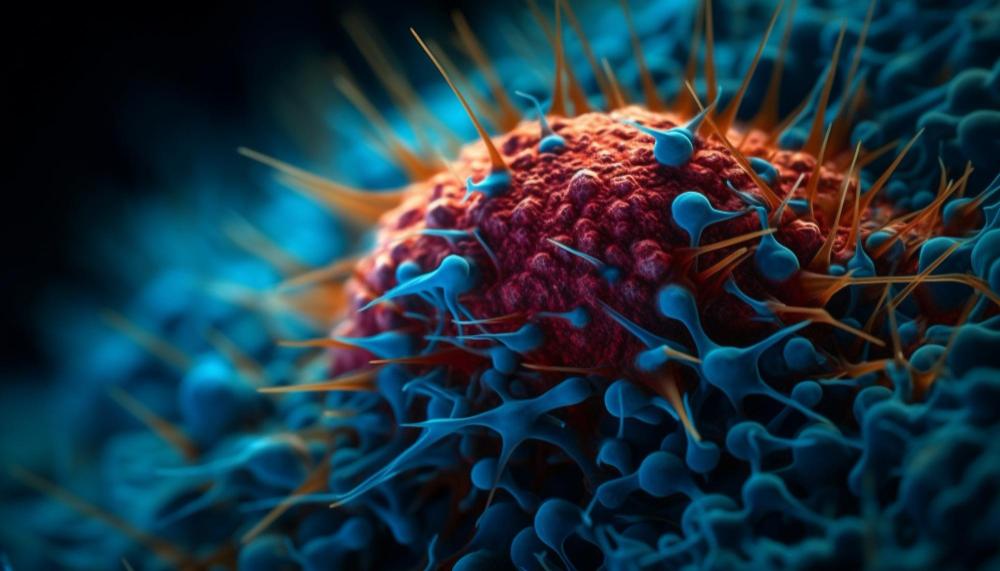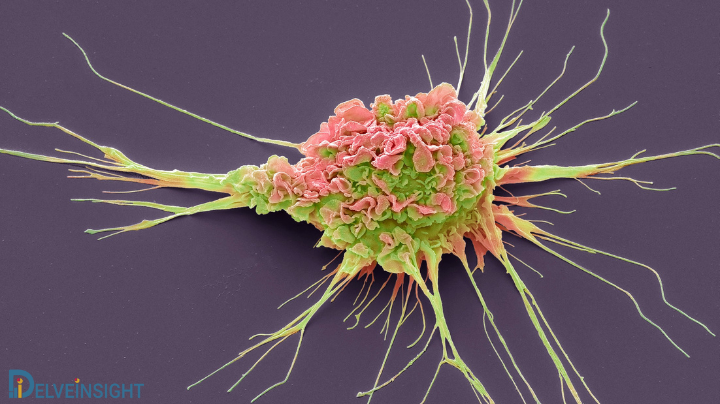How Personalized Medicine is Shaping Pompe Disease Therapies

Pompe disease is a rare, inherited genetic disorder caused by a deficiency in the enzyme acid alpha-glucosidase (GAA), which is responsible for breaking down glycogen in the body. The inability to degrade glycogen leads to its accumulation in tissues, especially in the heart and muscles, resulting in progressive muscle weakness, respiratory failure, and heart problems. While significant strides have been made in Pompe disease therapy, challenges still remain in the development of effective treatments. This article explores the current state of Pompe disease treatments, particularly Enzyme Replacement Therapy (ERT), as well as the promising therapies emerging from the Pompe disease pipeline.
Advances in Pompe Disease Treatment: The Role of Enzyme Replacement Therapy (ERT)
The standard treatment for Pompe disease has long been Enzyme Replacement Therapy (ERT). ERT involves the intravenous infusion of a synthetic version of the missing enzyme, GAA, to help break down glycogen and alleviate the symptoms of the disease. Over the years, ERT has significantly improved the prognosis for many patients with Pompe disease, particularly those with the late-onset form, reducing the severity of symptoms and improving quality of life.
Currently, the two primary ERT products approved for Pompe disease are alglucosidase alfa (Myozyme) and avalglucosidase alfa (Nexviazyme). These therapies have been shown to improve motor function, respiratory function, and overall survival in both infantile and late-onset forms of the disease. However, while ERT has been a breakthrough, it is not a cure. Long-term treatment with ERT can be expensive and requires regular infusions, which can pose a challenge for both patients and healthcare systems.
Challenges in Pompe Disease Therapy
Despite the success of ERT, several challenges remain in Pompe disease therapy:
-
Limited Efficacy in Severe Cases: While ERT has been effective in improving symptoms, it is not always sufficient for patients with advanced disease, particularly those with severe heart and muscle involvement. ERT’s effectiveness decreases when there is significant glycogen buildup before treatment starts.
-
Immune Responses: Some patients develop immune reactions to the infused enzyme, which can reduce the efficacy of the treatment over time or cause allergic reactions. This remains a significant challenge in Pompe disease therapy.
-
Access and Affordability: The cost of ERT, which requires lifelong administration, can be prohibitively expensive for many patients, particularly in countries without robust healthcare systems.
Pompe Disease Pipeline: Emerging Therapies and Innovations
The Pompe disease pipeline is rapidly evolving, with numerous new therapies under investigation. Researchers are exploring a variety of strategies to address the limitations of current treatments and improve patient outcomes. Some of the most promising areas of development include:
-
Gene Therapy: Gene therapy aims to provide a one-time solution by delivering a functional copy of the GAA gene to the patient’s cells. This would theoretically allow the body to produce its own enzyme, eliminating the need for ongoing ERT infusions. Early-phase clinical trials have shown encouraging results, and gene therapy could potentially revolutionize Pompe disease therapy by offering a more durable, long-term solution.
-
Chaperone Therapy: This approach involves small molecules that assist the proper folding and functioning of the GAA enzyme, which may help patients who do not fully benefit from ERT. Chaperone therapy can potentially be used in combination with ERT to enhance enzyme activity and reduce disease symptoms.
-
Substrate Reduction Therapy: This therapy aims to reduce the amount of glycogen that accumulates in tissues, thereby easing the burden on the body and preventing damage to the organs. Researchers are currently investigating the potential for substrate reduction as a complementary treatment to ERT.
-
Pharmacological Approaches: Targeting specific molecular pathways involved in the disease, such as inflammation or muscle regeneration, is another area of exploration in the Pompe disease pipeline. These therapies are designed to enhance the body’s ability to cope with the effects of glycogen accumulation and improve muscle function.
Conclusion
The landscape of Pompe disease treatments is evolving rapidly, with Enzyme Replacement Therapy (ERT) remaining the cornerstone of treatment for many patients. However, new therapies emerging from the Pompe disease pipeline hold promise for improving patient outcomes, offering more effective, less invasive treatment options, and potentially addressing the limitations of current therapies. Gene therapy, chaperone therapy, and substrate reduction therapy are all exciting areas of research that could significantly alter the future of Pompe disease therapy. As research continues to advance, there is hope that a more permanent solution to this debilitating condition will be available in the near future, transforming the lives of those affected by Pompe disease.
Latest Reports Offered By DelveInsight:
celebrix generic | cheetah hemodynamic monitoring | central nervous system market | daybue side effects | giant cell arteritis treatments | medical automation systems | samsung delve | avedro glaukos | digital therapeutics examples | marstacimab fda approval | explain how neuroprosthetic devices work | novartis roche | levo therapeutics | hereditary transthyretin mediated amyloidosis | olokizumab | snorring device | moa inhibitors | tenapanor fda approval | is lybalvi a controlled substance | define geographic atrophy | cure for myositis | dff332 | xtandi indication | oculus health | which is the best ai app for android | biobrace conmed | savara news | incidence of dmd | jak inhibitor list | john cunningham virus symptoms | axiron generic | ulcerative colitis blog | buerger's disease treatment guidelines





